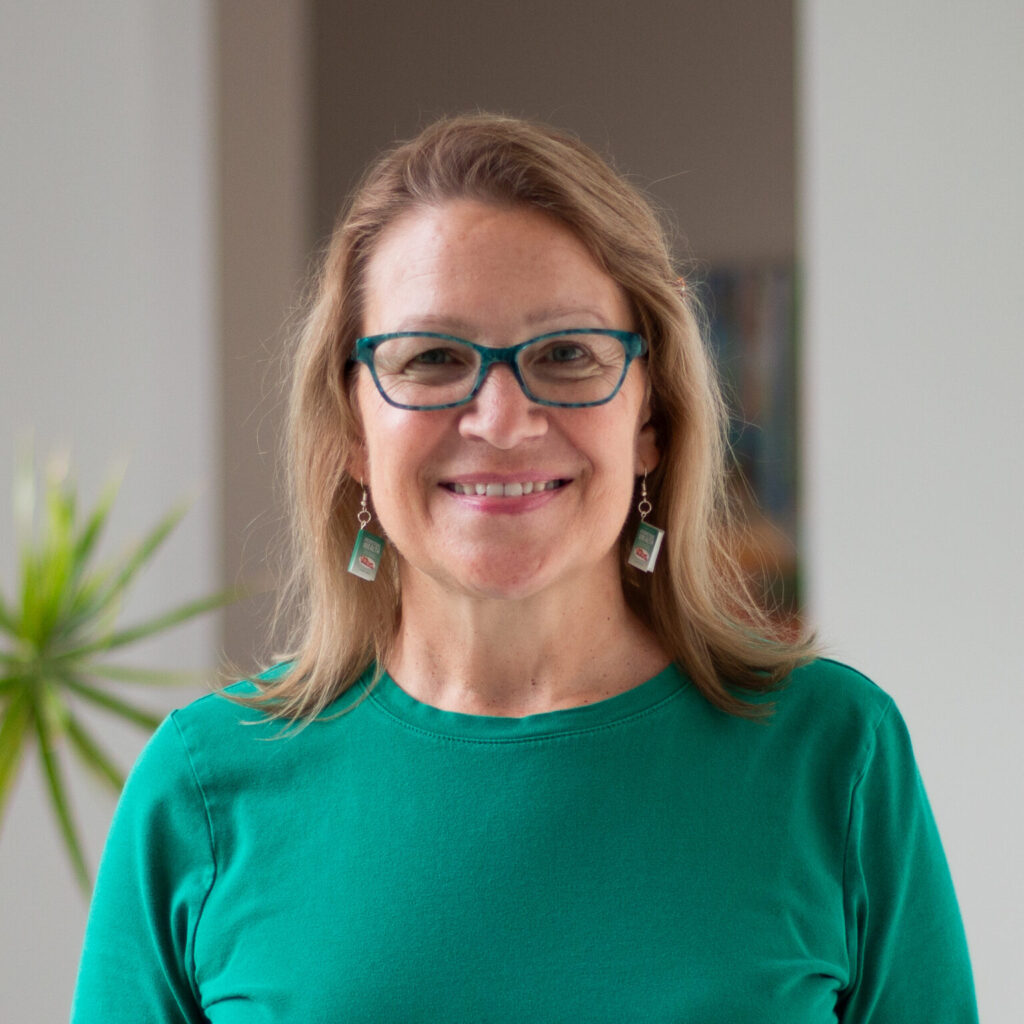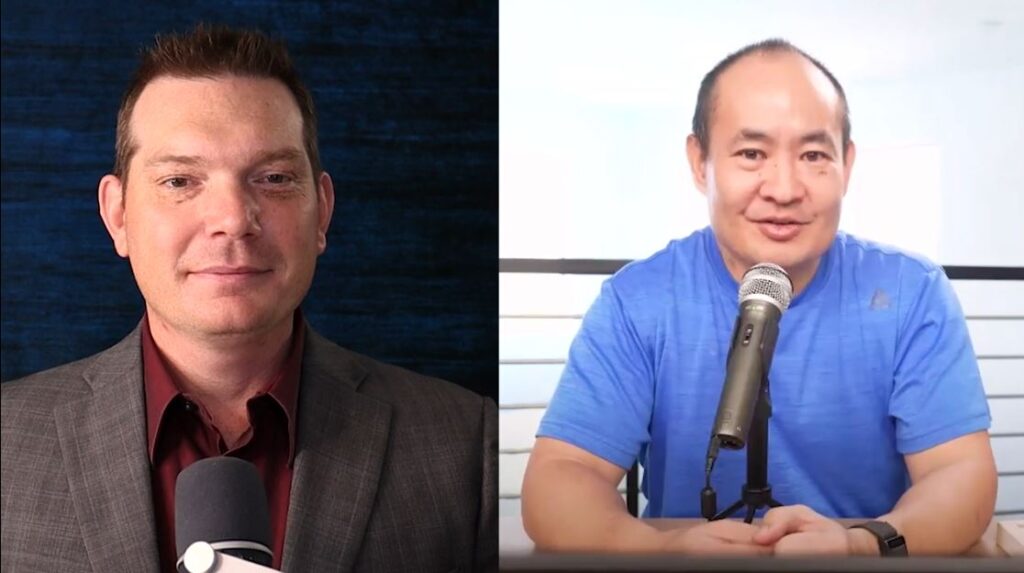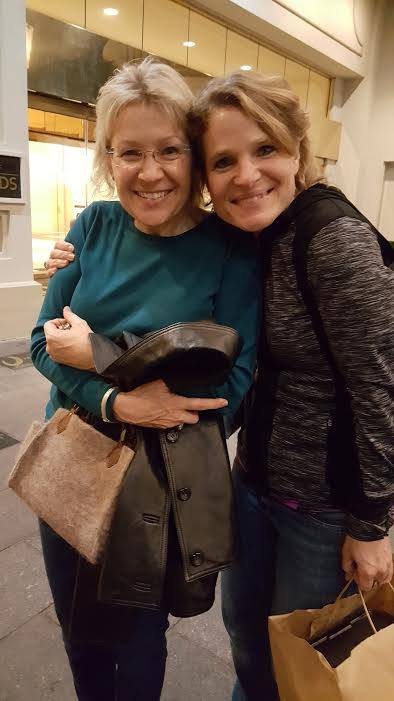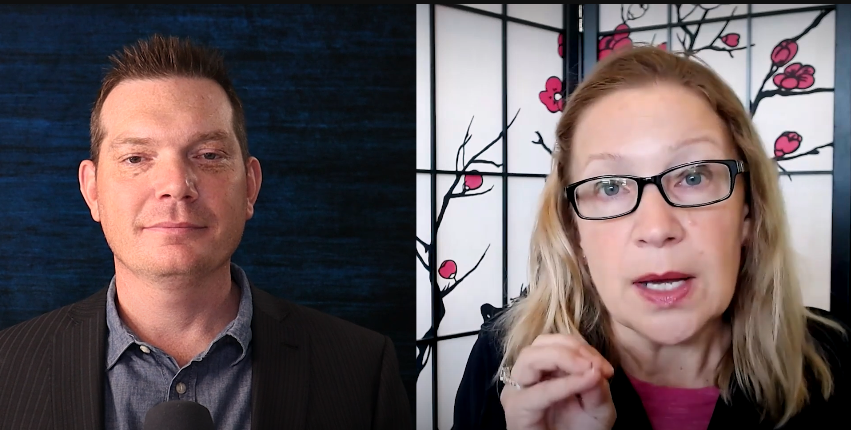Kim Butler lost her life insurance license after 30 years, and it forced her to redefine everything.
In this article, she shares how setbacks like these can open the door to even greater impact, and why retirement should be reimagined as a time to serve, not slow down.
I had met Kim Butler before at a conference hosted by Caleb Guilliams of BetterWealth.
If you’re ready to shift your mindset, overcome financial challenges, and create a fulfilling future, Kim’s advice is exactly what you need.
Embracing Change: Lessons from Losing a Lifelong Identity
When I asked Kim Butler to share a significant challenge she’s faced, she surprised me with a recent and deeply personal story. After dedicating over 30 years to helping people secure their financial futures through life insurance, she no longer holds a life insurance license.
This sudden shift, she explains, was the result of a minor administrative oversight that regulators turned into a major issue.
“It felt like they could have taken my identity away,” Kim says. For decades, her work in life insurance was a core part of who she was and how she made a difference in people’s lives.
The loss forced her to confront a reality she had long avoided. A mutual mentor, Dan Sullivan, had always advised entrepreneurs to minimize reliance on third parties. For years, she resisted this idea. “I was comfortable with how things were,” Kim admits. But losing her license gave her no choice but to reimagine her business.

Reflecting on her career, Kim sees a pattern of transformation. Every decade or so, there’s been a major shift, whether it’s the services she offers, her approach to clients, or the way she runs her business. While this recent change was one of the hardest, it also created space for new opportunities.
When I ask what helped her get through the toughest moments, Kim points to one practice: proactive gratitude. “It’s about focusing on what you can control and trusting that your abilities are gifts no one can take away,” she says. Each day, she chose to define her own narrative rather than let external pressures dictate her mindset.
This is closely related to part of what I discussed with Dennis Yu (how setbacks can fuel business growth) in our podcast interview with him.

Lessons from the Financial Crisis
When discussing the 2008 financial crisis, Kim Butler recalls how challenging those times were. “I remember getting on the phone every day, scared myself,” she says. Like her clients, she and her family faced struggles, from falling investments to managing a household with two business owners.
As a financial professional, Kim balanced her own fears while guiding her clients through theirs. She started her days with a clear purpose, following routines inspired by Dan Sullivan. “Tuesday is game day,” she says. “You show up ready to help people get financial results, no matter what’s happening.”
She believes fear and gratitude cannot coexist. When fear arises, she recommends refocusing through a short walk or deep breathing to clear the mind and regain calmness. She likens this to a duck on a pond: calm above the water, paddling frantically below. “That’s how we need to lead, calm on the outside to help others feel secure,” she explains.
To handle today’s uncertainties, Kim offers two tips:
- Decide Not to Join In:
Quoting Joel Weldon, Kim advises avoiding panic. “The economy might be in a recession, but you don’t have to participate,” she says. This mindset begins with controlling your inputs, taking a “news break,” and focusing on uplifting content. - Start Each Day with Positive Thoughts:
Kim stresses starting mornings with encouraging habits. “Feed your mind something spiritual or inspiring before starting the day,” she says. This builds gratitude and strength, helping you make better choices.
These strategies remind us that while we can’t control external challenges like economic downturns, we can control how we respond. As Kim puts it, choosing gratitude and focusing on what we can control helps us face tough times with resilience.
The Future of Longevity: Mindset and Emerging Technologies
When I ask Kim Butler about areas of innovation people should pay attention to, she immediately highlights longevity: a strategy of living longer by doing what you love.
“I knew in my heart that people were going to be living much longer health spans,” Kim says, emphasizing the importance of “health span”, the years a person remains healthy. She shares real-life examples: her father, in his mid-80s, still managing a farm and working three days a week at a university, and her mother-in-law, also in her 80s, still contributing remotely or in the lab.
She references her husband, Todd Langford, who calculated that “87 should be the new 65,” suggesting that people in their 80s will soon be expected to work full-time, much like those in their 60s did in the past.
“We’re seeing more people in their late 90s and early 100s doing amazing things: jumping rope, gymnastics, even Kung Fu,” she says, highlighting the potential for longer, healthier lives and urging us to adopt a longevity mindset.
She also mentions Dan Sullivan, who set a goal to live to 156, not as a literal target but as a framework for a productive, extended life. “We should be working until our mid-80s,” Kim says, emphasizing the importance of planning for decades of meaningful work and finding a career fueled by passion.
“If you’re in your 40s or 50s and not loving your work, it’s time to make a change,” she advises. “Find something that excites you and aligns with your natural talents.”
Just as my buddy Tony D’Angelo repurposes IP, Kim redefines how we view value in later life.
Kim stresses that working into older age is about continuing to create value. She advocates for a mindset shift: “Work until you die, but make sure it’s work that you love.”
This approach, she believes, allows for flexibility, like taking sabbaticals or adjusting schedules to enjoy life now rather than waiting for a traditional retirement.
As we discuss advancements in technology extending human life, Kim challenges the concept of aging: “If you didn’t know how old you were, how old would you be?” This reframes aging as a mental outlook rather than a numerical fact, encouraging growth, innovation, and productivity at any stage of life.
Redefining Retirement: Finding Purpose and Fulfillment in the Post-Career Years
As we discuss the traditional notion of retirement, I ask Kim about the challenges people face when approaching this phase of life. With inflation and economic uncertainty creating financial stress, many question what retirement means today.
Kim points out that, in North American society, retirement is often viewed as a time to be “taken out of service”, to stop contributing. She challenges this idea, saying, “Retirement is a selfish act,” emphasizing how ingrained this notion is in our culture. While some countries, like Mexico, don’t focus as much on retirement, North America has built an entire system around it, leaving people with the mental challenge of finding purpose once they step away from their careers.
“Retirement isn’t the big sleep,” she says, drawing a parallel to British TV shows where “retiring for the evening” means going to sleep. Kim’s perspective is that we should aim to delay retirement as long as possible, focusing on living a life of service and purpose well into our later years.
However, Kim acknowledges that, for some, retirement is unavoidable, either due to age or the need to sell a business. For those forced into this transition, she emphasizes the importance of preparation. According to Kim Butler, those who successfully navigate retirement share two key traits: they find ways to remain valuable and create purpose in their lives.
She stresses that purpose should be a continuous focus throughout life, not just something we find in our 30s or 40s. “Every decade, you should be clarifying your purpose,” she says. If you’re not undergoing some form of midlife crisis every ten years, “you’re dead.”
By re-examining their goals and passions regularly, individuals can redefine what success looks like, moving beyond monetary achievement to a more meaningful sense of accomplishment.
She suggests tools like the Kolbe A index profile, a tool that helps individuals understand their natural talents and how to apply them, as a valuable resource for finding purpose.
Kim’s sister, Tammy Brannon, also offers a process called the “blueprint process” that helps people determine their next steps. This kind of purpose work, she believes, is essential for anyone approaching retirement.

In addition to identifying purpose, Kim recommends applying Dan Sullivan’s Entrepreneurial Time System to help retirees stay engaged and productive. This system divides time into three categories: free days, focus days, and buffer days. Here’s how it works:
- Free days are 24-hour periods that are completely disconnected from work. For retirees, this time should be spent rejuvenating, whether spiritually, mentally, or physically.
- Focus days are when individuals dedicate time to their most important tasks or projects. Even in retirement, these days should be used for activities that contribute to one’s sense of purpose, whether it’s volunteering, pursuing hobbies, or tackling personal projects.
- Buffer days act as transitions between free and focus days, where individuals handle administrative tasks or prepare for upcoming focus days.
Kim Butler explains that retirees can easily fall into a trap where every day feels like a free day, losing distinction and purpose. By organizing time into these three categories, retirees can maintain balance and stay energized. For example, Kim suggests that retirees designate a day for errands and housework (focus day) and another for family time or relaxation (free day). This structure brings a sense of fulfillment and ensures that time is spent purposefully.
“Even if you’re monetarily challenged, you can find value in making your free days truly free and special.” She encourages retirees to embrace these distinctions in their schedules—whether it’s enjoying time with grandchildren without the distraction of errands or setting aside a day each week for personal reflection.
By applying the Entrepreneurial Time System, retirees can avoid the trap of boredom and disconnection that often accompanies an unstructured lifestyle after leaving their careers.
Unlocking Your Potential: The Power of Positive Thinking and Intentional Action
As our conversation draws to a close, I ask Kim Butler to share her final thoughts on the key takeaways from the discussion. With so much focus on mindset and innovative strategies, I want to ensure our viewers understand the importance of unlocking their own potential.

Kim emphasizes that every individual has inherent potential, and this potential is renewed every single day. “No matter what the history is,” she says, “history is created; it is our lens on it that we can rewrite anytime we want.” She reminds us that our past doesn’t define us and that we can choose to let go of old narratives and create new ones, starting with the thoughts we choose to focus on.
She highlights that potential lies in the ability to start fresh at any moment, every day, every hour. It all begins with our mindset and flows through our words and actions. Kim shares an important lesson from her own life: “Be careful what you’re taking in and equally careful on the outtake, including our own self-talk.” She reinforces that positive thinking is not only about internal dialogue but also about the impact we have on others.
Kim Butler reflects on a recent experience with her team where she had to address the language being used in their Slack channel. “Let’s be very careful what words we’re typing in,” she reminded her team, emphasizing the importance of positivity in communication. Negative energy can spread quickly, and in times of challenge, it’s crucial to maintain an optimistic outlook, not just for ourselves but for the people around us.
The core message Kim Butler leaves us with is simple but powerful: by consciously curating our thoughts, words, and actions, we unlock our potential to create positive change, not just in our own lives but in the lives of those we influence. Whether it’s through our self-talk or the way we communicate with others, we have the power to shape the future we want to see.
Key Takeaways
– Rethink Retirement: View retirement as a chance to grow, serve, and find new purpose instead of slowing down.
– Embrace Resilience: Overcome setbacks with proactive gratitude, focusing on what you can control and turning challenges into opportunities.
– Lead with Calm: Manage fear during uncertain times by staying focused, maintaining positive thoughts, and leading with confidence.
– Plan for Longevity: Adopt a mindset of longevity, ensuring you’re prepared for a long, fulfilling career by pursuing work that excites you.
– Create Purposeful Structure: For retirees, use the Entrepreneurial Time System to organize time into free, focused, and buffer days, maintaining balance and fulfillment.
Want to discover how to take control of your financial future? Check out “Becoming Your Own Banker“.